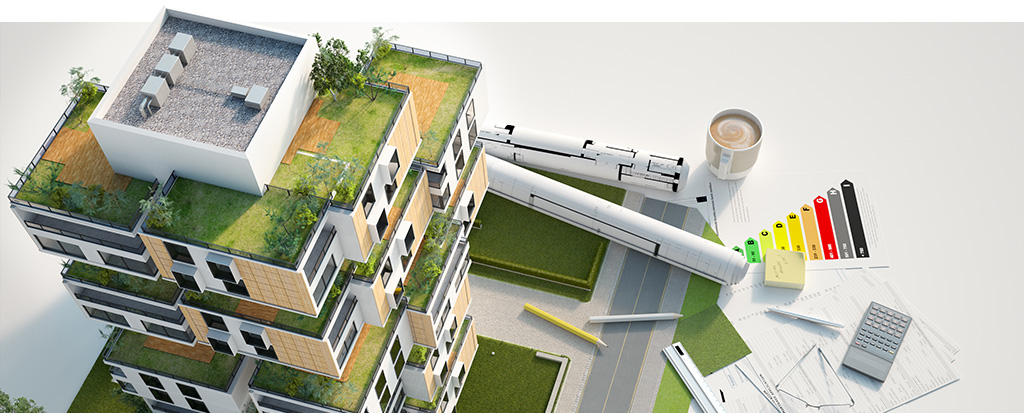The Consolidated Appropriations Act, 2021 (CAA), which was signed into law on December 27, 2020, includes support for energy efficient design. The Energy-Efficient Commercial Buildings Deduction (26 U.S. Code § 179D or more commonly known as Section 179D of the tax code) had been scheduled to expire at the end of 2020, but it is now permanent.
At times over the past several years, Congress and recent administrations have placed an emphasis on green building and energy independence initiatives. It is likely that the Biden Administration will introduce more emphasis and more financial incentives for green efforts. However, no initiatives have been more valuable to designers and builders than the 179D deduction.

What is the deduction?
Since 2006, the 179D deduction has enabled building owners or tenants to claim a federal tax deduction of up to $1.80 per square-foot for constructing or renovating qualifying systems and buildings. The deduction is available to owners and tenants of commercial properties who have built or installed improvements. The benefit is also available to architects and engineers who are the designers on government-owned, energy-efficient building improvements if the government owner allocates the tax deduction to the design professionals.
The deduction is available to owners of new or existing buildings who install interior lighting; building envelope improvements; or heating, cooling, ventilation, or hot water systems that reduce the building’s total energy and power cost by 50% or more in comparison to a building meeting minimum requirements set by the “Reference Standard,” which is the applicable ASHRAE Standard 90.1.
If the installation occurs on a federal, state, or local government project, the government can assign the 179D deduction to the entity primarily responsible for the system’s design. Because government-building owners commonly are not liable for federal income tax, the government entity can provide an “allocation letter” so that the designer or constructor of the building or improvements can take the deduction. This has been a tremendous benefit for architects, engineers, and contractors who perform design work for state, local, or federal government entities, including public school districts and colleges.
Does the deduction mean fee reduction?
Architecture firms should be aware that government owners seem to be increasingly seeking the right to negotiate reduced fees in exchange for the transfer of tax deductions that benefit architects. Some government entities—usually public education systems—have filed lawsuits arguing that they were misled into transferring incentives worth millions of dollars without compensation. Firms will have to assess whether the assignment of the right to claim the deduction justifies a reduction in the professional services fee charged to the government entity.
The tax provisions of the CAA include benefits that encourage the energy efficient design of private and public buildings. While the 179D deduction corresponds to a higher energy efficiency minimum, the deduction is indexed annually for inflation.
The law now uses the term “Reference Standard 90.1,” which means, with respect to any property, the most recent Standard 90.1 published by the American Society of Heating, Refrigerating, and Air Conditioning Engineers and the Illuminating Engineering Society of North America (ASHRAE). The standard must not have an effective date that is later than the date two years before the date that construction of such property begins. What this means is that the 179D deduction has been available for improvements that reduce a building’s total energy and power cost by 50% or more in comparison to a building meeting the minimum requirements set by Standard 90.1-2007 for buildings and systems placed in service after January 1, 2017. Before that date, ASHRAE 90.1-2001 was used. Presumably, ASHRAE 90.1-2019 (with its higher standard) will now be required. In California, the 179D deduction now allows for use of the most recent California Nonresidential Alternative Calculation Method approved by the Department of Energy two years before the date that construction of the property or energy efficiency improvements begin.
The updated 179D deduction will help reduce non-residential energy use and, with other support for subsidies and tax benefits, assist the U.S. in countering climate change. The higher standard to qualify will be out of reach for most existing buildings. However, when a new construction project is put into service, this green tax incentive will be extremely valuable to commercial owners, tenants making improvements, and design firms providing professional services on government projects.
Learn more about these programs
Victor and CNA work with the AIA Trust to offer AIA members quality risk management coverage through the AIA Trust Professional Liability Insurance Program, Business Owners Program, and Cyber Liability Insurance program to address the challenges that architects face today and in the future.